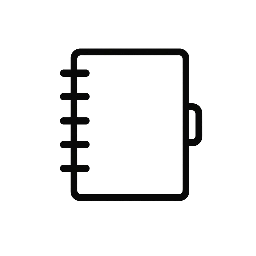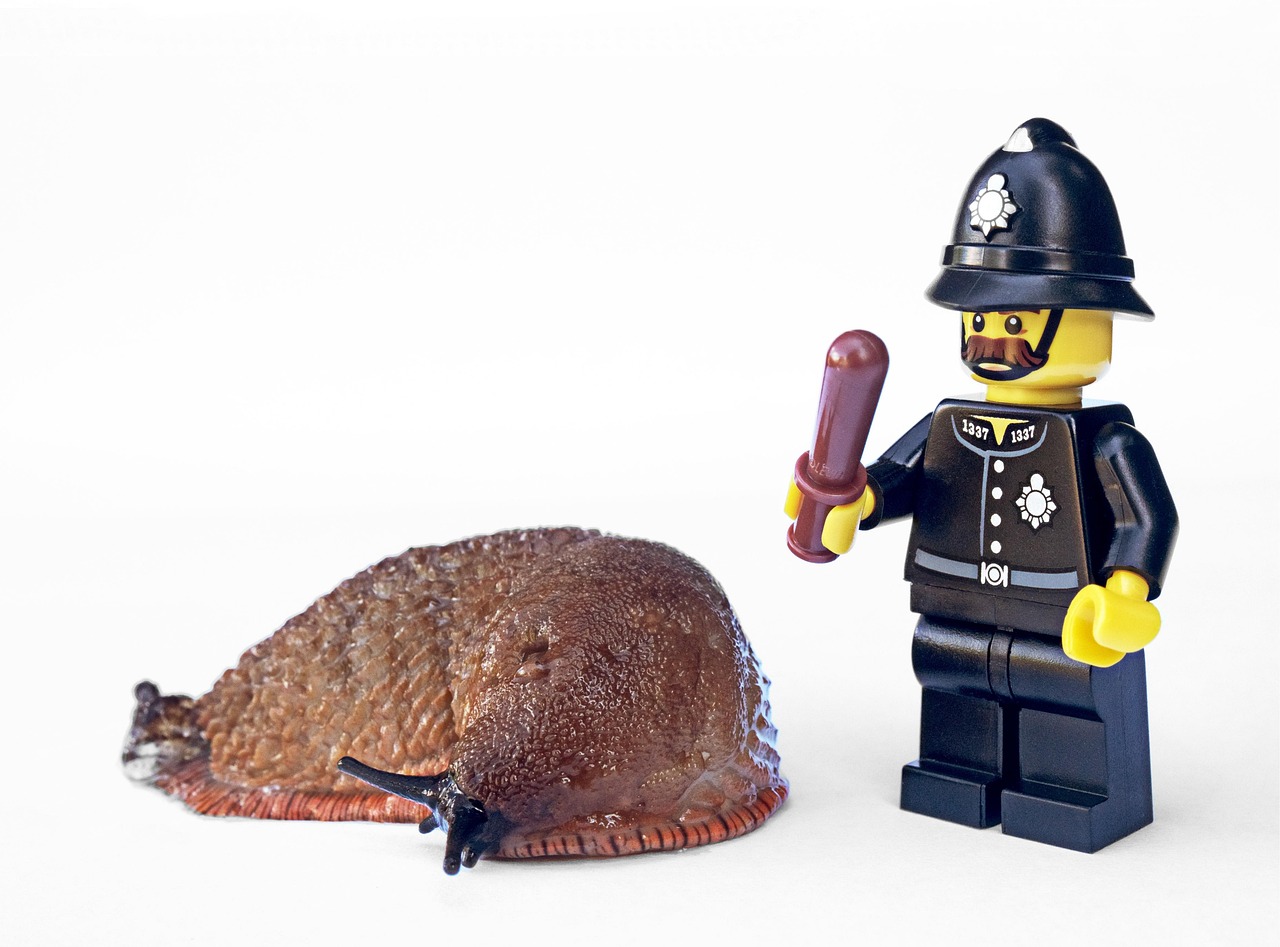Rodent control in Delta is essential for maintaining a safe and healthy environment. Rodents pose risks including property damage and the spread of diseases. Effective rodent control delta involves identifying entry points, sealing them, and using targeted removal methods to prevent infestations.
Many homes and businesses in Delta face ongoing challenges with rodents due to the area’s climate and urban landscape. Professionals recommend a combination of sanitation, exclusion, and monitoring to keep rodent populations under control.
Understanding local rodent behavior and adopting consistent control measures can significantly reduce risks. This approach helps protect spaces without relying solely on reactive solutions.
Effective Rodent Control Strategies in Delta
Rodent control in Delta requires understanding the local species, recognizing early infestation signs, and applying targeted pest management methods. Effective results depend on a combination of inspection, prevention, and control measures adapted to the environment.
Identifying Common Rodent Species in Delta
Delta’s most common rodents are the Norway rat, roof rat, and house mouse. Norway rats are larger, brown or gray, and often burrow in soil near buildings. Roof rats are smaller with sleek bodies and prefer elevated locations like attics or trees.
House mice are tiny, grayish, and usually nest inside walls or cabinets. Each species exhibits different nesting habits and feeding preferences, affecting control strategies. Knowing which rodent is present helps tailor bait types and trap placements for better success.
Signs of a Rodent Infestation
Rodents leave clear indicators such as droppings, gnaw marks, and tracks. Droppings vary by species but are typically small, dark, and found near food sources or nests. Gnaw marks on wood, wires, or packaging indicate active rodents needing urgent attention.
Other signs include greasy rub marks along walls, unexplained noises at night, and disturbed insulation or stored items. Early detection is crucial to prevent rapid population growth and potential health hazards from contamination.
Integrated Pest Management Solutions
Integrated Pest Management (IPM) in Delta combines sanitation, exclusion, monitoring, and control. Proper sanitation removes food and water access, reducing rodent attraction. Sealing entry points like cracks, vents, and gaps prevents rodent access indoors.
Monitoring uses bait stations, traps, and regular inspections to track rodent activity. Control involves selective use of traps or rodenticides, applied carefully to minimize risks to pets and humans. IPM focuses on long-term prevention, not only immediate extermination, ensuring sustainable rodent management.
Prevention and Professional Rodent Control Services
Effective rodent control involves a combination of thorough preventive actions and professional intervention. Proper maintenance and expert removal methods ensure both immediate relief and long-term protection.
Preventive Measures for Homeowners
Homeowners should seal entry points larger than a quarter inch, focusing on gaps around pipes, vents, and doors. Keeping food stored in airtight containers reduces attractants. Regular garbage disposal and cleaning under appliances limit available food sources.
Maintaining yards by trimming shrubs and removing clutter also reduces nesting spots near the home. Installing door sweeps and repairing window screens further blocks rodents. Monitoring areas like basements and attics for droppings or gnaw marks allows early detection.
Routine inspection and maintenance of plumbing prevent leaks, as rodents are drawn to water sources. Using rodent-proof materials such as metal flashing can strengthen barriers. Prevention reduces reliance on chemicals and lowers infestation risks.
Choosing Reliable Rodent Control Experts
Selecting a pest control company requires checking credentials and customer reviews. Professionals licensed by local authorities indicate adherence to safety and quality standards. Asking about experience with rodent species common in Delta ensures targeted strategies.
A reliable expert provides a clear, written estimate detailing services, products used, and follow-up visits. Transparency about pricing and treatment duration helps avoid surprises. They should offer a comprehensive inspection before recommending control methods.
Effective companies tailor solutions to the property type and infestation level. Technicians trained in integrated pest management (IPM) use a combination of traps, baits, and habitat modification for optimal control. Confirm they use EPA-approved products and comply with local regulations.
Safe and Humane Removal Methods
Humane rodent removal focuses on minimizing suffering and environmental impact. Live traps allow capture and relocation but require releasing rodents far from residential areas to prevent return. Snap traps offer quick results when placed correctly and checked regularly.
Bait stations with tamper-resistant designs protect children and pets while targeting rodents. Professional use of rodenticides follows strict safety guidelines to avoid contamination and non-target poisoning. Physical barriers and habitat modification prevent re-entry.
Rodent-proofing structures involves steel mesh and sealing cracks, making conditions inhospitable rather than relying solely on lethal measures. Combining multiple methods ensures a balanced approach between control efficacy and ethical considerations.


Leave a Reply